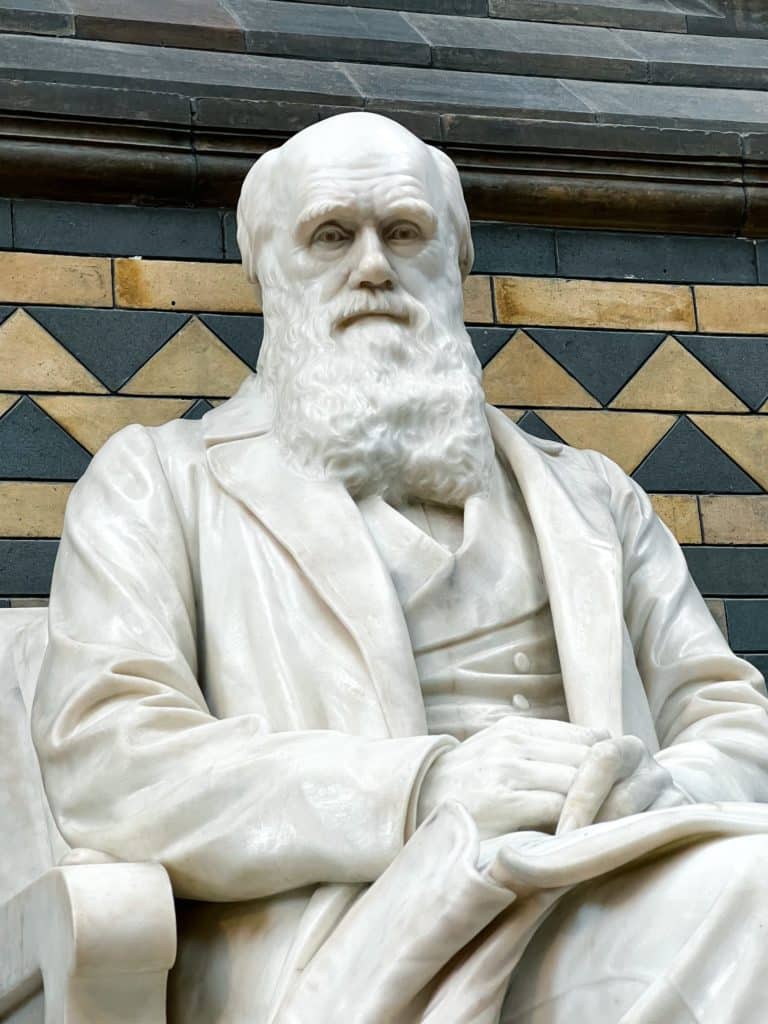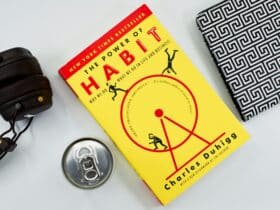In the ever-evolving landscape of work and productivity, we often look to history’s most accomplished figures for guidance and inspiration. These individuals, renowned for their groundbreaking achievements, possessed unique strategies to maintain focus and productivity. This article delves into the world of history’s finest, exploring ten distinctive methods they employed to keep focused at work. Each approach is not only a glimpse into their genius but also serves as a practical tool that we can adapt to our modern work environment. So here are 10 ways historys finest kept focused at work.
Key Takeaways
Historical figures often had unique, personalized methods to maintain focus.
These methods range from structured routines to creative indulgences.
Understanding and adapting these strategies can enhance our own productivity.
Structured Routine – Benjamin Franklin
Franklin’s day was divided into segments dedicated to specific activities like work, study, and leisure. He started his day with reflection, asking, “What good shall I do this day?” This morning ritual of setting intentions provided clarity and purpose. In the evening, he reviewed his day, fostering a habit of self-improvement.
By adhering to this structured routine, Franklin could manage his time effectively, ensuring he remained focused on his goals. Modern adaptation of this strategy involves using digital tools for planning and reflection, allowing for a structured approach to daily tasks.
Physical Exercise – Charles Darwin
Darwin’s daily walks were not just for physical health; they were crucial for his mental well-being. These walks, often in his garden, were his moments of solitude where he pondered various scientific theories. This habit highlights the importance of stepping away from the workspace to rejuvenate the mind.
Today, integrating physical activity into our routine, whether a brisk walk or a short workout, can significantly enhance focus and creativity, providing a much-needed break from the mental strains of work.

Isolation – Marcel Proust
Proust’s self-imposed isolation in a cork-lined room was his way of shutting out the world to dive deep into his writing. This extreme form of focus may not be feasible for everyone, but it underscores the importance of a distraction-free environment. In a modern context, this could translate to using noise-cancelling headphones, turning off notifications, or dedicating certain hours to uninterrupted work. These measures can create a ‘virtual’ isolation chamber conducive to deep work.
Nature Immersion – Henry David Thoreau
Thoreau’s time at Walden Pond was more than a retreat into nature; it was an experiment in deliberate living. He believed that being in nature allowed one to live in the moment and understand the essence of life. This immersion provided the mental clarity and peace needed for his writings. In today’s fast-paced world, spending time in nature, even if it’s a city park, can provide a similar sense of peace and focus, helping to reset our minds and improve concentration.
Power Naps – Leonardo da Vinci
Da Vinci’s polyphasic sleep pattern, involving multiple short naps throughout the day, was integral to maintaining his legendary creativity and focus. This unconventional rest schedule allowed his mind to refresh, leading to heightened alertness and productivity. Modern research supports the benefits of short naps for improving cognitive function. Embracing power naps in our routines, especially during long work hours, can help in maintaining high levels of focus and creativity.
Strict Deadlines – Ludwig van Beethoven
Beethoven’s self-imposed deadlines were a powerful motivator, creating a sense of urgency that propelled his work. This practice of setting ambitious but realistic deadlines can be particularly effective in today’s work culture, where procrastination is a common hurdle. Implementing this strategy involves breaking down projects into smaller tasks with individual deadlines, ensuring steady progress and maintaining focus.
Minimalism – Steve Jobs
Jobs’ minimalist approach was not just about aesthetics; it was a philosophy that extended to his work ethics. By eliminating the non-essential, he could focus on what truly mattered. This principle can be applied in our work by prioritizing tasks, decluttering our workspace, and simplifying processes. Embracing minimalism in work helps in reducing distractions and increasing efficiency.

Creative Rituals – Maya Angelou
Angelou’s practice of writing in a hotel room was her way of establishing a sacred space for creativity. This ritual of separating her living space from her working space helped her to mentally prepare and focus on her writing.
Similarly, establishing a ritual or a dedicated workspace can signal our brain that it’s time to focus, enhancing our productivity. Whether it’s a specific room, a favorite coffee shop, or a particular setup, creating a consistent work environment can significantly improve focus.
Meditation – Marcus Aurelius
Aurelius’ practice of Stoic meditation was a way of reflecting on his actions and thoughts, helping him remain grounded and focused. This practice of introspection can be extremely beneficial in today’s fast-paced work environment. Allocating time for mindfulness or meditation can help in managing stress, enhancing concentration, and maintaining a clear perspective on our goals and tasks.
Writing and Reflecting – Anne Frank
Anne Frank’s commitment to writing in her diary was a form of self-expression and reflection in the face of adversity. This practice provided her with a sense of control and purpose. Similarly, incorporating reflective writing or journaling in our daily routine can help us process thoughts and emotions, keeping us focused and aligned with our objectives. It’s a powerful tool for self-awareness and can aid in problem-solving and decision-making processes.
Conclusion
The methods employed by these historical figures may vary in approach, but they all underscore the importance of finding personal strategies to maintain focus at work. By drawing inspiration from these examples, we can develop our own techniques tailored to our individual needs and work environments. The key lies in understanding what works best for us as individuals and implementing these strategies to enhance our productivity and concentration.


















